YouTube Is at War with Poker Channels
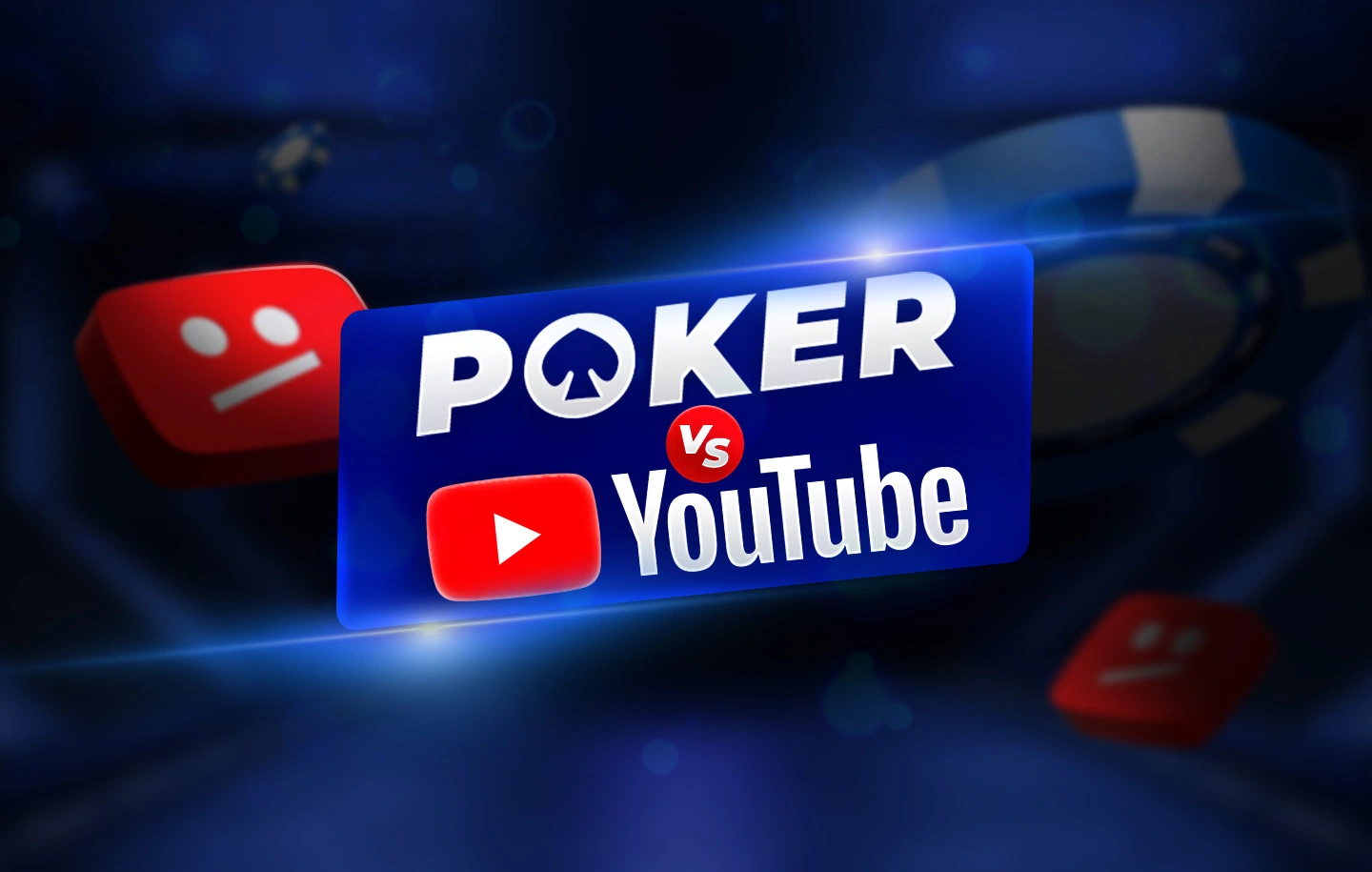
- Fact Checked by: PokerListings
- Last updated on: April 22, 2025 · 9 minutes to read
On April 14th, 2025, Google updated its “Gambling and Games” advertising policies, following YouTube’s March 19th update to its policies on online gambling content. And for the last month, poker channel creators have struggled with warnings, strikes, and blocks on the monopolistic video platform.
No one can say with 100% certainty what the reason is behind a particular punishment — only that some content “didn’t follow Community Guidelines,” specifically the “sale of regulated goods policy” — but without any details.
The PokerListings channel on YouTube became a victim of this war against poker content creators too — and in this article, we want to share our experience with fellow creators and take a deep dive into the problematic methods of regulating poker on YouTube in 2025.
Poker Channels Who Fell Victims of YouTube
The list of creators who became victims of the new regulations among poker channels on April 22nd, 2025 includes but not limited of:
- abarone68 poker
- UBpoker
- LoremCDMX
- Nick Eastwood
- hungry horse poker
- Gary Blackwood
- Brad Owen
- Weazel_1991
- POKER films
- BenaBadBeat
- DavidKayePoker
- Card Player
- The Loaded ATM
- PokerPudding
- No Limit Poker
- DeathDonkey Poker Coaching
And our channel as well. So if you are a poker content creator and are “eligible” to be on this list too — contact PokerListings on social media with proof, and we will add your channel as well so people know who to watch during these hardships. 🙂
What YouTube Doesn’t Like About Poker Channels
It seems like everything, but nothing in particular.
For example, the PokerListings channel got a strike with a random timestamp in a video that had identical design and content to other moments before and after — and had even been previously published as part of another video without any problems before or after.
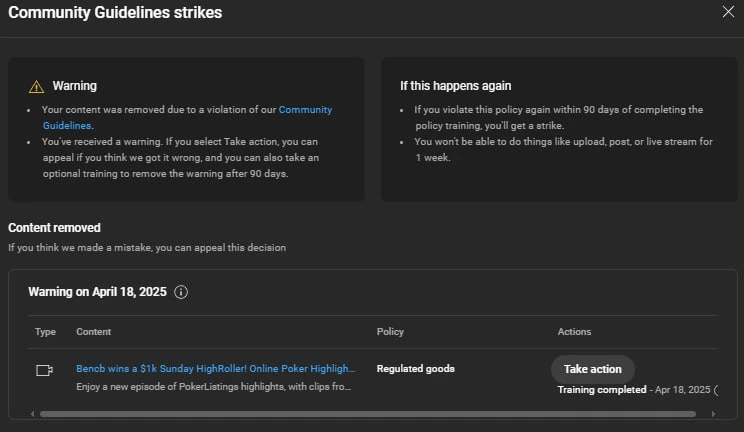
We also received two age restrictions, despite our content always being published as not for kids — and there were no explanations at all.
Aarone Barone’s VOD of the GamesOutreach MTT Poker Charity Stream was also struck without any additional information from YouTube — just a general “violation of Community Guidelines.” The same applies to UBPoker, who shared that he published a few similar videos in a row and some of them were removed, but others weren’t.
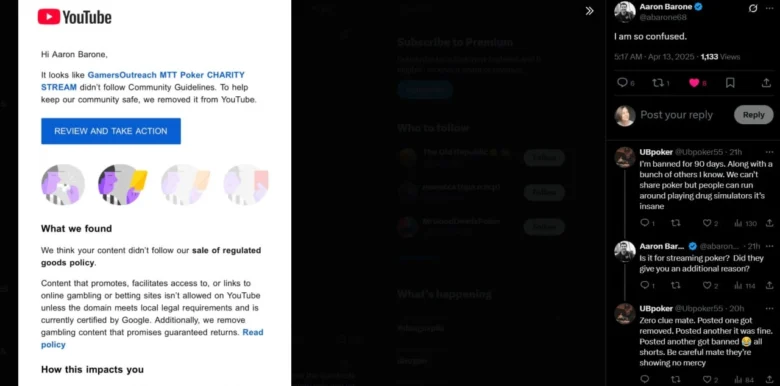
The author of the PokerFilms channel and Brad Owen’s editor shared that their personal poker channel was attacked by YouTube because of a link in the description.
CardPlayer’s channel was struck too — but in their case, it was a 30-second short without even a link in the description.
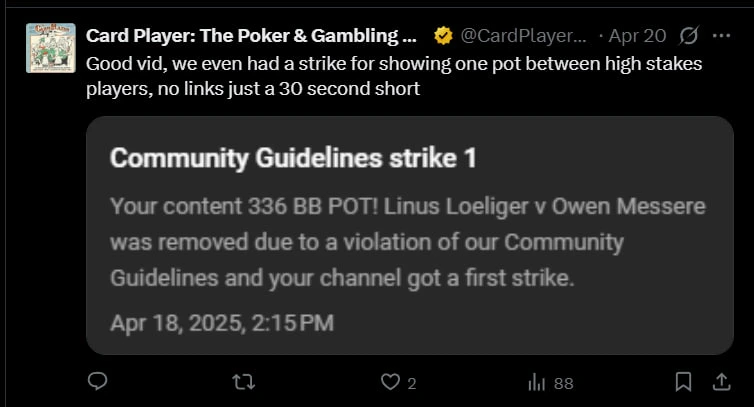
Ironically, while attacking poker creators, YouTube still allows various investment scams, gacha games, and games about drug dealing (such as “Schedule 1”) to be advertised to a wide audience without similar restrictions.
What Is Wrong with Google & YouTube’s Regulations for Online Poker?
Google actually doesn’t have any specific rules regarding online poker. For some reason, our beloved game is regulated under the rules for online gambling — without even mentioning online poker.
“Poker” is only mentioned once in its policies — on the “Gambling and Games” page, under the “Offline gambling” section.

Funny enough, on this same page, you can find the “Online non-casino” games section, where YouTube literally describes poker as one of the “online non-casino games played for a prize of something of value where the outcome is not determined wholly or in part by an element of chance,” alongside examples like chess and other games “with a prize of value where the winner is determined by skill” — but somehow misses the opportunity to directly use the word “poker” here.

So, keeping in mind the types of violations YouTube uses to punish different poker channels, it’s safe to say that this platform considers poker as gambling, whether offline or online.
The major rules for online poker can be found in YouTube’s “Illegal or regulated goods or services policies,” which state that content intended to sell certain regulated goods and services is not allowed. It also prohibits any online gambling sites not certified by Google, as well as content that facilitates access to, promotes, or depicts online gambling — even if the site is certified.
Ironically, poker operators must submit an application to Google for a single-country license to become certified. Since every country has its own regulations for gambling and online poker, they have to apply again and again for each country they want to target with advertising — just to avoid problems for their own or their partners’ channels.
But you can’t find a unified list of certified websites — because they differ by country. That also means that, as a content creator, you can’t be sure which poker websites are certified by Google.
Moreover, since March 19th, 2025, you also can’t be sure which elements Google and YouTube consider to be advertisements. Their new policy on online gambling content now states:
“Under our existing policies relating to illegal or regulated goods or services, we don’t allow any method of directing viewers to gambling sites or applications that are not certified by Google. This now includes URLs, links embedded in images or text, visual displays (incl. logos), or verbal references. Please note that content promising guaranteed returns may be removed regardless of whether the online gambling site or application has been approved by Google.
Content that does not violate our Community Guidelines but still features depictions or promotions of online casino sites or apps may be age-restricted. This means that online gambling content (excluding online sports betting and depictions of in-person gambling) won’t be viewable to signed-out users or users under 18.”
As you can see, it’s open to wide interpretation and lacks specifics. For example:
- What does YouTube consider an allowed visual display for online poker?
- Do “promises of guaranteed returns” apply to welcome bonuses?
- Is the logo of a poker site on its table considered gambling advertising?
- Why can a poker channel be punished if the owner can’t even check which poker sites are certified by Google?
- Is creating a video featuring yourself (or someone else) playing online poker considered “in-person gambling”? And if so, why are VODs and highlights of these streams being punished?
- By what criteria are links to a poker creator’s personal website considered gambling advertising?
But the major question here is: how can poker content creators know what exactly their violations are? Unfortunately, as of April 22nd, 2025, the answer is nowhere to be found — until YouTube starts providing full explanations instead of “It looks like your content is violating our Community Guidelines.”
And this, to be honest, just feels like: “We’re not even sure, but we’ve punished you anyway — just in case.”
How Can I Protect My Channel from Being Sanctioned?
Since we can’t clearly know what our sins are as poker creators, all we can do is share methods of protecting channels and censoring content that have been practically tested by us and fellow creators.
Remove Any Links From Your Video Descriptions
Even your social media links. Place them only in the channel’s description section under “Links.” Also, do not share direct links to any poker websites — even mirrors or masked links. It may be better to post affiliate links on your social media accounts (where it is allowed) than to include them on YouTube.

Remove or Censor Any Banners in Your Videos That May Be Considered Gambling Advertisements
This includes any sign-up or bonus offers, poker room promotions (e.g., series, cash drops, leaderboards, races, gifts), or even a banner with a room logo — even if it contains no additional information.
You may also want to censor any room logos, GambleAware / Safe Gambling signs, or anything containing the word “gamble” on screen. And don’t forget the chat — YouTube doesn’t care who sends the link; if it appears in your video, you can be punished for it.
Of course, visual censorship can make your videos uglier — but it’s better than receiving a strike.
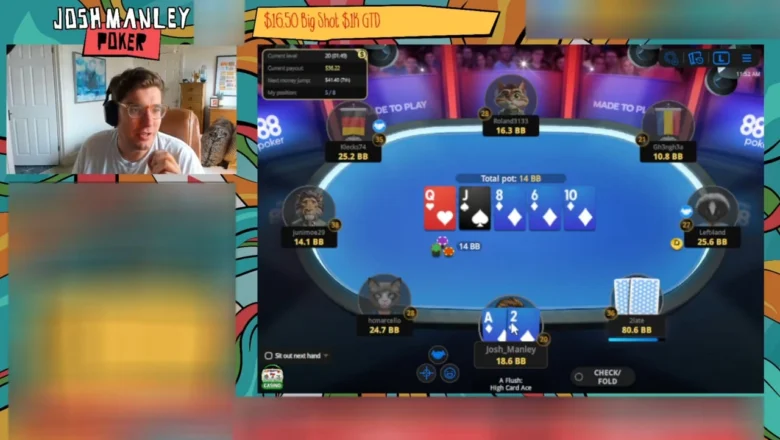
Be Careful With Words in Your Video
Not only can filthy language get your video age-restricted or demonetized, but so can any mention of gambling-related brands and websites — including poker.
This includes not only directly saying the name of a poker room but also giving people any instructions to gain access to the game.
Remember that even if PokerStars or 888poker have gone through certification, it doesn’t guarantee a safe pass for mentioning them in your videos — verbal references are now subject to regulation too.
Consider Manually Applying Additional Age Restrictions to Your Content
This means not only selecting “No, it’s not made for kids,” but also “Yes, restrict my video to viewers over 18.” Technically, poker for real money is an adults-only game. Unfortunately, using these options may demonetize your videos or limit monetization severely — making them less visible and unavailable to some viewers.

All of this is really unpleasant — but at least you won’t lose your channel in the next wave of YouTube censorship.
Inform Your Audience About New Videos Directly
Unfortunately, poker creators can’t rely on YouTube recommendations anymore. If your channel is caught in YouTube’s anti-poker crackdown, restrictions can make your videos invisible even to your own subscribers. So, it’s in your best interest to notify followers about new content through other platforms. Also, ask them to recommend, send, and share your videos — because word of mouth still can’t be censored.
Don’t Give Up on Appeals
Even if YouTube only grants one in four appeals, every appeal signals to the algorithm that its automated detection system may be flawed. You might slightly increase your chances of having the video reinstated — and help improve the platform’s future moderation (at least in theory).
Why Is YouTube So Harsh on Poker?
We can’t know for sure — but poker creators have a few theories.
The main theory is that YouTube and Google are implementing AI wherever possible, and this may just be a testing period for the March and April updates. Poker is simply collateral damage, with AI triggered by certain images or keywords that resemble gambling — including “GambleAware,” “Safe Gambling,” “Bet,” “Deposit,” “Cashout,” “In the Money,” “Bonus,” etc.
The second-best guess is that advertisers don’t like being associated with gambling, which motivates YouTube to suppress poker as part of gambling-related content. In other words, it might not be about poker specifically — but about gambling as a whole.
Finally, the most politically charged theory is that the tightening of poker regulations is a consequence of a U.S. campaign to eliminate sweepstakes.
Gambling creator JustCallMe23 explained this theory well on YouTube:
For those unaware of the sweepstakes model, it technically gets around the online gambling laws and UIGEA. Many states are starting to ban them even though they’re technically federally legal. New York is the newest state to enforce the ban and I’m sure California is not far behind. There’s been a lot going on in California with online gaming over the past 6 months. YouTube is headquartered in California.
If you want to help poker creators secure their place on YouTube, spread the word about this situation through social media. You can share this article, Nick Eastwood’s video “YouTube is Destroying Poker Content Creators” or post your own thoughts and tag YouTube accounts to attract their attention.
-
Stake.US Poker4.3
- Rakeback 5%
- $55 Stake Cash + 260K Gold Coins
T&Cs Apply | Play Responsibly | GambleAware
18+ | Play Responsibly | T&C Apply
-
Appeak Poker4.1
- 1,000 Chips Daily
- FREE 5,000 Chips
T&Cs Apply | Play Responsibly | GambleAware
T&Cs Apply | Play Responsibly | GambleAware
-
- 150% up to 25 SC
T&Cs Apply | Play Responsibly | GambleAware
Terms & Conditions apply
-
- 5%
- 200% Gold on 1st Purchase
T&Cs Apply | Play Responsibly | GambleAware
Terms & Conditions apply
-
- 2,500 Gold Coins + 0.50 Sweeps Coins
T&Cs Apply | Play Responsibly | GambleAware
18+ | Play Responsibly | T&C Apply
